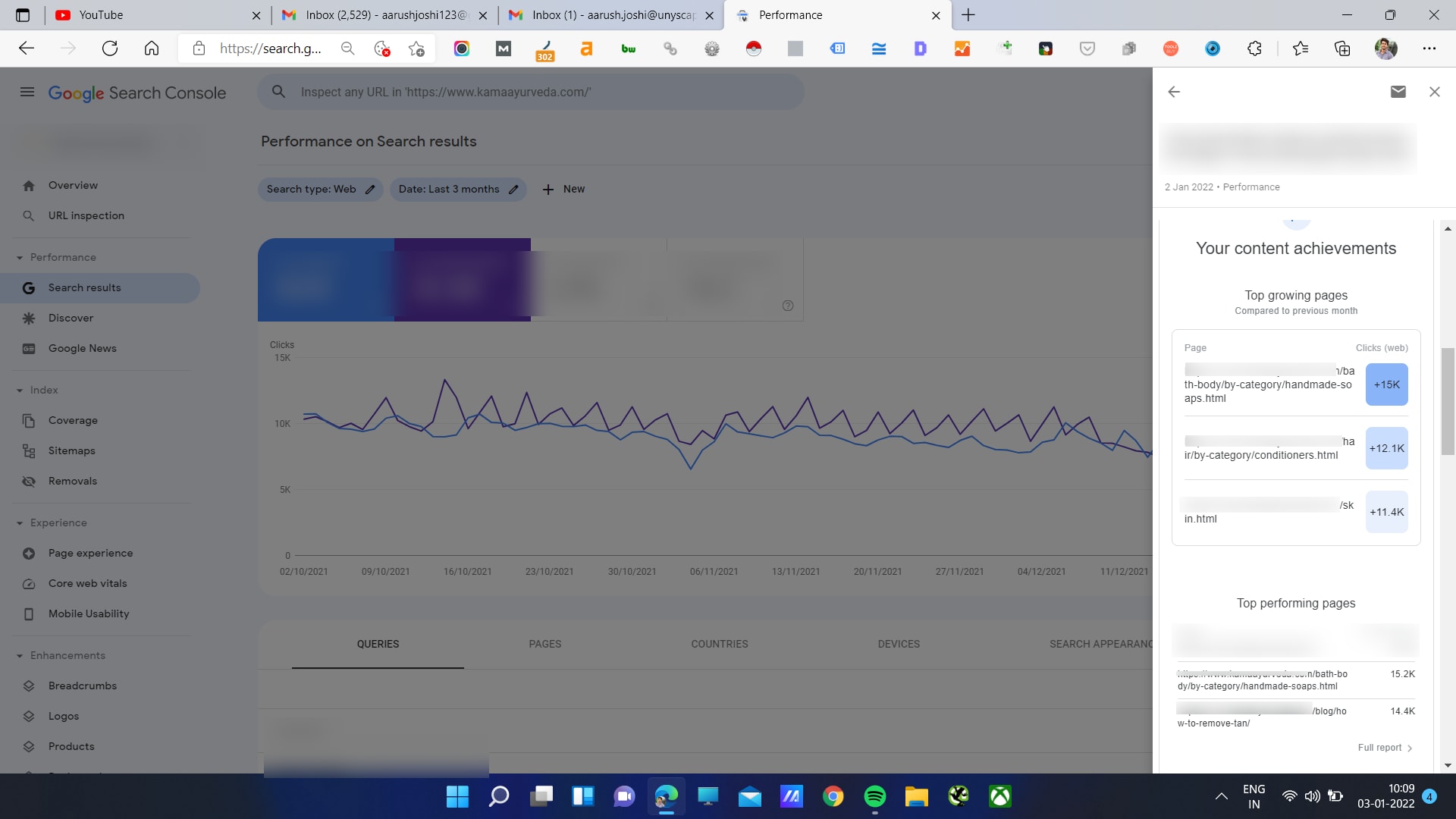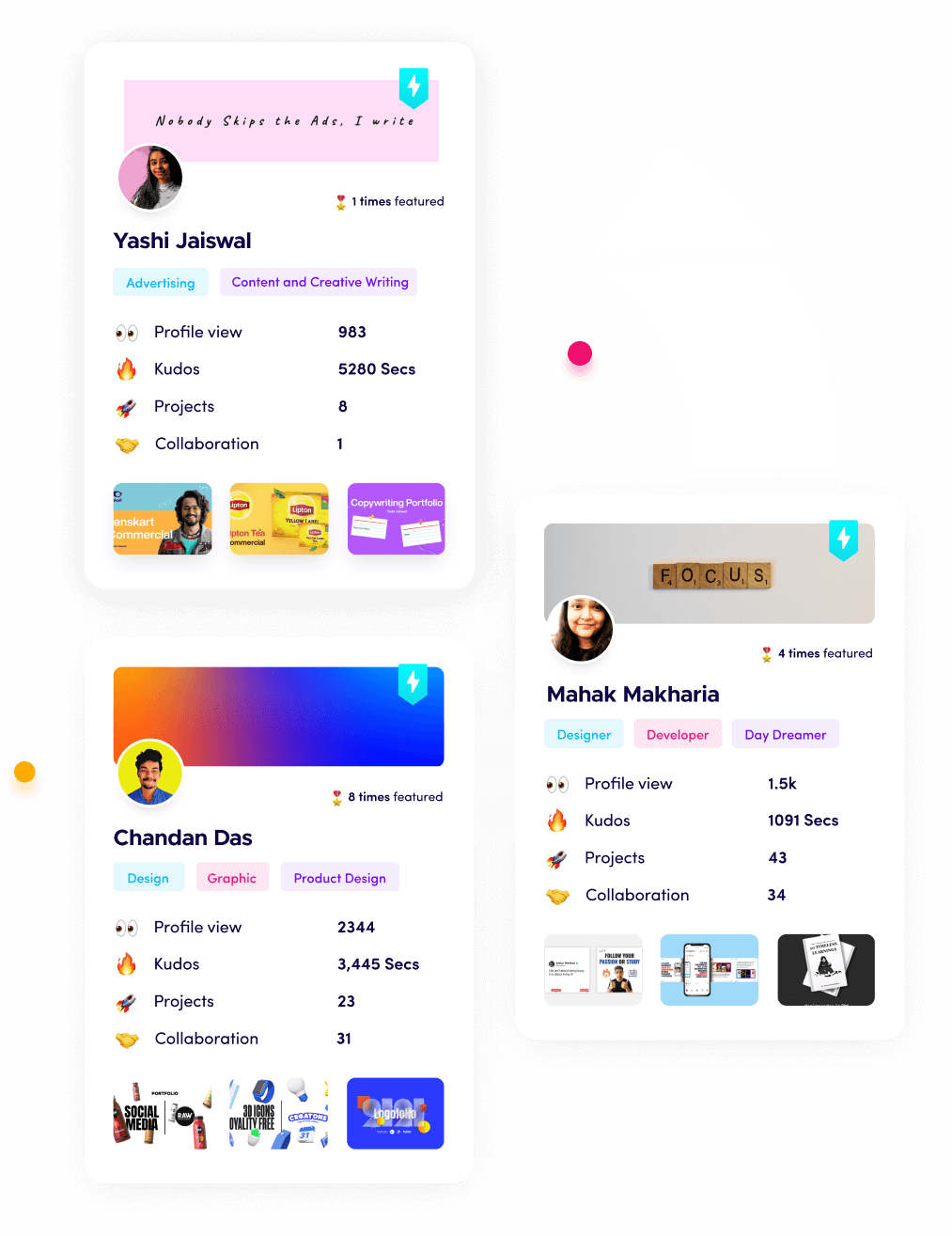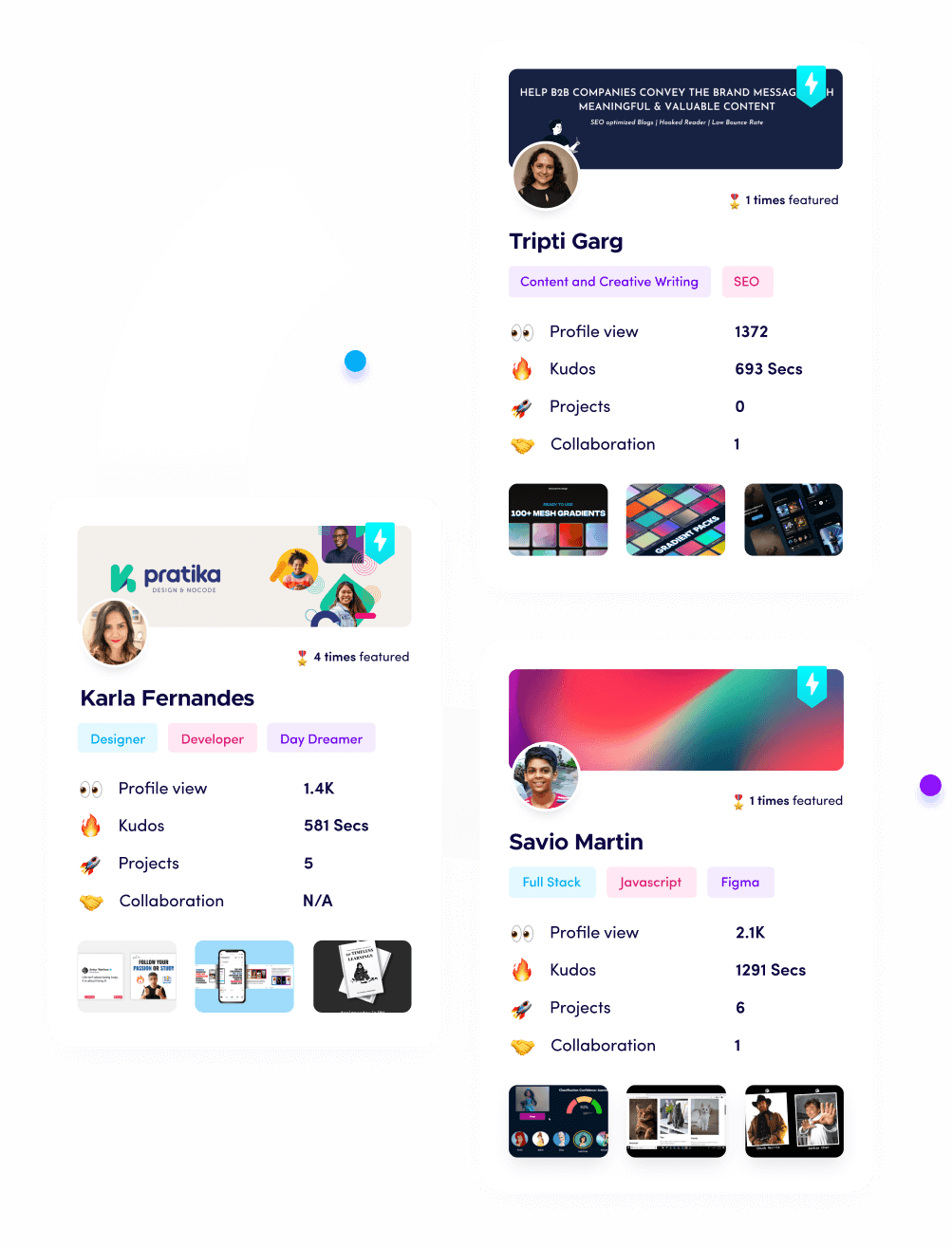48% Traffic Growth within 6 Months for India’s Leading Luxury D2C Brand
D2C Player Case Study

TL;DR
- Organic Traffic Boost: An additional 45,000 organic visits were gained in one month by optimizing bottom-line-focused product pages.
- Revenue Growth: Direct attributable revenue increased by 40% per month.
- Session Growth: Overall sessions up from 350K to 500K, reflecting a 30% growth rate.
- Non-Brand Traffic: Traffic jumped from 260K to 397K, showcasing a 40% increase.
Overview:
A leading D2C player sought to improve their bottom-line ROI by optimizing Product Detail Pages (PDPs) and other high-priority business pages. The primary goal was to increase direct attributable revenue by 30% per month, achieved by enhancing traffic growth and ranking performance for product pages. The following outlines the strategies, execution, and outcomes that drove this transformation.
Key Strategies and Execution
1. Boost Product Page Rankings to Top 5
- Objective: Improve rankings from positions 30-40 to the top 5 search results for key product pages.
- Execution:
- Conducted keyword mapping to identify priority terms for each PDP.
- Implemented on-page SEO improvements, including metadata optimization, structured data, and page load speed enhancements.
- Enhanced content relevance by aligning with searcher intent and adding detailed FAQs, user reviews, and comparison charts.
2. Implement Pillar/Hub-and-Spoke Model
- Objective: Strengthen key product pages and improve their topical authority.
- Execution:
- Developed comprehensive pillar content that supports main product categories.
- Created interlinked spoke articles targeting long-tail keywords and related queries to boost the authority of PDPs.
- Ensured contextual internal linking between PDPs and supporting blogs or resources.
3. Explore New Search Demand Areas
- Objective: Capture untapped traffic and revenue opportunities by expanding the product catalogue.
- Execution:
- Conducted a search demand analysis to identify gaps in current offerings.
- Added new product pages tailored to emerging trends and seasonal demand.
- Designed a content roadmap to generate non-branded traffic for newly identified demand areas.
4. Resolve Technical SEO Issues
- Objective: Lay a robust technical foundation for scalability and growth.
- Execution:
- Address Cannibalization: Merged or redirected duplicate product pages to consolidate ranking signals.
- Index Bloating Fix: Deprioritized unnecessary folders and pages by updating robots.txt and meta directives, ensuring that only valuable pages are crawled.
- Enhanced Sitemap: Reorganized the sitemap with improved categorization and hierarchy to help Google bots better understand the site’s context.
- Conducted log file analysis to prioritize high-value pages for indexing.
5. Scale Internal Linking for PDPs
- Objective: Build authority and relevance for PDPs through strategic internal linking.
- Execution:
- Optimized anchor texts to ensure relevance and search term alignment.
- Linked high-performing blog content (top and middle funnel) to PDPs to funnel traffic and leads effectively.
- Established a process for periodic internal linking audits to maintain SEO health.
6. Build Brand Mentions and Backlinking Automation
- Objective: Increase domain authority and referral traffic.
- Execution:
- Automated the process for identifying and reaching out to potential brand mention opportunities.
- Secured high-quality backlinks from industry-relevant sites and publications.
Results Achieved:
Traffic Growth:
- Improved rankings of PDPs from positions 30-40 to the top 5, leading to a 45% increase in organic traffic for product pages.
Revenue Impact:
- Achieved a 30% monthly uplift in direct attributable revenue through optimized business money pages.
Technical SEO Success:
- Reduced index bloat by 20%, improving crawl efficiency and indexing prioritization.
Improved Discoverability:
- Enhanced Google’s understanding of the website’s context, leading to better indexing and increased visibility for new pages.
Operational Efficiency:
- Automation reduced manual effort in link-building and trend monitoring by 40%, allowing teams to focus on scaling.
Myself
03 Jan 2022
Keywords
SEO
Technical SEO
International SEO
Content Strategy
Information Architecture Suggestion
Website Authority Building







